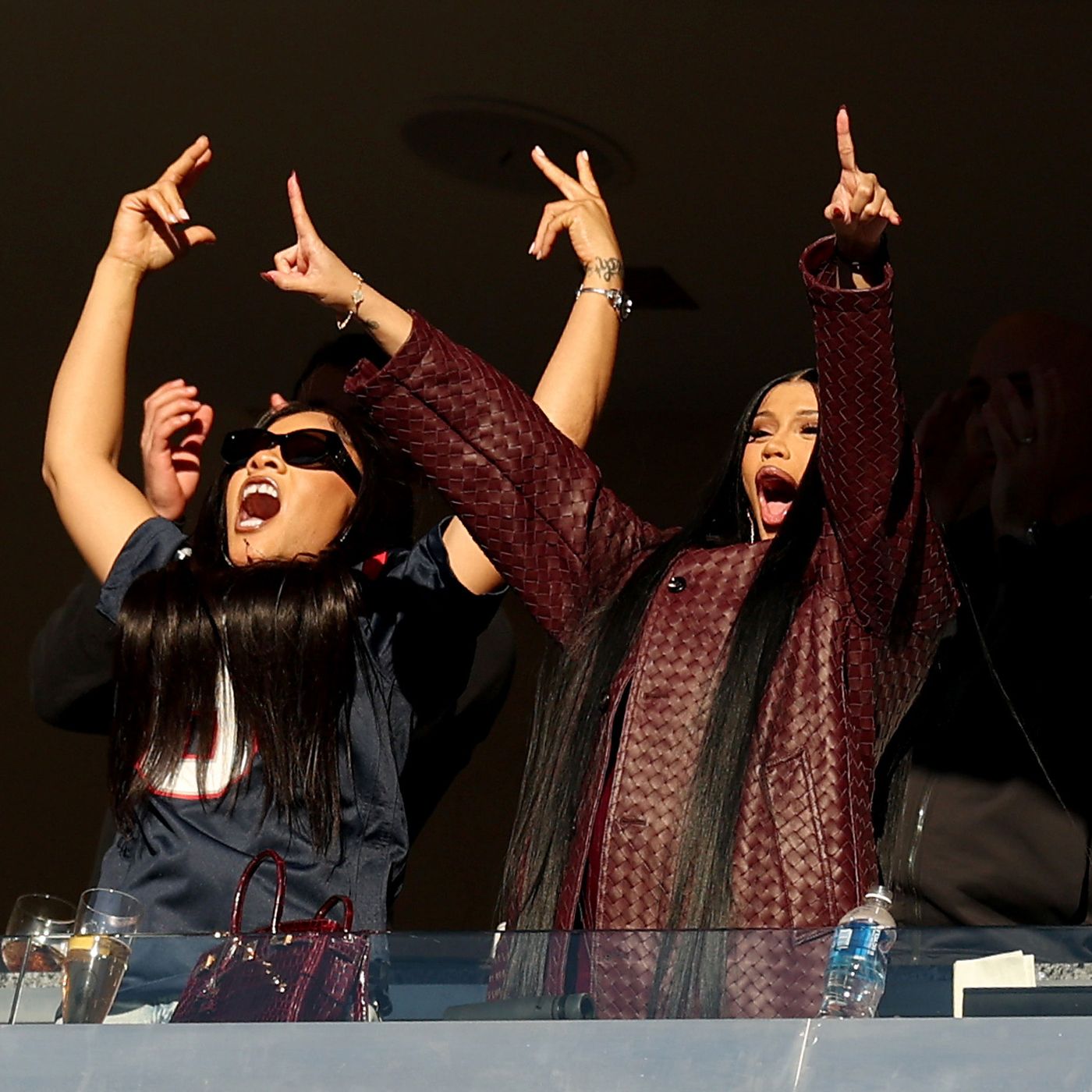Yves Saint Laurent is recognized as a profoundly influential personality in the annals of fashion. His professional journey, which commenced in his adolescence and quickly gained prominence throughout the 20th century, was characterized by a continuous defiance of norms and a redefinition of how apparel interacts with gender, cultural identity, and individual style. His groundbreaking contributions have left a lasting legacy, not just as fleeting trends but as fundamental changes that continue to shape the fashion world.
Redefining Feminine Form with Masculine Elements
One of Yves Saint Laurent’s most significant impacts was his skillful integration of menswear-inspired cuts into female fashion. By 1966, discussions were widespread regarding conventional gender norms in clothing. Saint Laurent challenged these conversations with Le Smoking, a tuxedo specifically crafted for women. This refined outfit was revolutionary—featuring satin lapels, distinct shoulders, and a slender shape that fused strength with elegance. Unprecedented for its era, Le Smoking symbolized freedom, providing women with a stylish option beyond dresses, fostering a confident identity.
Saint Laurent’s embrace of androgyny influenced subsequent trends, paving the way for successive generations of designers to question and dismantle rigid gender dichotomies. This legacy is visible decades later, from Giorgio Armani’s iconic power suits to contemporary explorations by designers such as Hedi Slimane and Phoebe Philo.
Ready-to-Wear Revolution: The Saint Laurent Rive Gauche Boutique
Fashion prior to the 1960s followed the haute couture paradigm, primarily serving an exclusive clientele. Yves Saint Laurent’s groundbreaking move to introduce Rive Gauche in 1966 marked a significant shift. This establishment was the inaugural ready-to-wear boutique launched by a couture designer, and its strategic placement on Paris’s Left Bank underscored its approachability. He made high fashion accessible to a wider audience by offering inventive, desirable creations—such as safari jackets, peacoats, and trench coats—without sacrificing excellence.
The triumph and appeal of Saint Laurent Rive Gauche confirmed the notion that fashion could be accessible to all, thereby transforming the entire sector. This blend of artistic vision and market practicality established a benchmark for designers globally, accelerating the development of the contemporary ready-to-wear commercial framework.
Worldwide and Creative Influences: Blending Cultures in Fashion
A defining hallmark of Yves Saint Laurent’s oeuvre was his deep engagement with diverse cultures and artistic movements. In the late 1960s and 1970s, fashion was largely Paris-centric, with little regard to global influences. Saint Laurent diverged boldly from this tradition. His collections drew inspiration from Morocco’s vibrant hues, the opulence of Russian art, and the energy of Sub-Saharan Africa. The 1967 African collection stood out with its use of raffia, wooden beads, and unconventional textures, challenging the Eurocentric paradigms of luxury.
His deep reverence for fine art also translated into garments. Pieces directly referenced masters such as Piet Mondrian in the now-legendary Mondrian dress (1965), which combined color-blocked geometric panels to stunning, wearable effect. Subsequent tributes to the likes of Van Gogh, Matisse, and Picasso represented a dialogue between tradition and innovation, art history and haute couture. These landmark collections expanded the possibilities for what fashion could represent.
Exploring the Impact of Color and Material Innovation
Saint Laurent also pioneered a groundbreaking approach to hues and materials. During a period characterized by single-color schemes and subdued tones, he daringly incorporated vibrant, intense shades: fiery reds, striking blues, rich greens, and shimmering golds. His incorporation of sheer textiles—like chiffon or organza—introduced a fresh perspective on charm, harmonizing sensuality with elegance devoid of crudeness.
Moreover, he frequently merged high and low materials, juxtaposing precious silk or embroidery with utilitarian cotton or denim. The combination not only broke class-based associations in dress but emphasized the expressive potential of everyday fabrics in luxury design.
Reimagining Iconic Female Archetypes
Saint Laurent’s collections routinely drew from archetypes to craft new identities for women. The safari jacket (1968), inspired by menswear and colonial adventure, became a urban icon after being modeled by actress Veruschka. The peasant blouse and Russian Collection (1976), with its rich brocades, fur trims, and folkloric details, paid homage to Slavic traditions yet felt contemporary and modern.
He also gave a new life to the little black dress, trench coats, and even the use of smoking jackets, ensuring these pieces became quintessential elements of chic, functional wardrobes.
Mainstreaming the Concept of the Modern Muse
The term muse became inextricably linked with Yves Saint Laurent. He fostered genuine, collaborative relationships with a diverse set of women: from the statuesque Betty Catroux and bohemian Loulou de la Falaise to the enigmatic Talitha Getty and actress Catherine Deneuve. Each muse became a co-creator in shaping garments that mirrored their lifestyles, blending high glamour with real world sensibility.
This approach of close collaboration blurred the boundary between creator and wearer, championing the notion that personal style ought to be a conversation between designer and individual.
Cultural Impact and Enduring Influence
Yves Saint Laurent’s progressive outlook incited conversation on topics well beyond clothing, from women’s emancipation to cultural appreciation and the politics of taste. Many of his innovations—once controversial—are now foundational in the modern conception of style. Designers across generations invoke his legacy when navigating the interplay of tradition, subversion, and authenticity.
His pioneering spirit did not merely alter hemlines or silhouettes; it reimagined the very context in which fashion operates. The boundaries he crossed—between genders, cultures, art forms, and classes—continue to challenge and inspire, asserting that true innovation is as much about opening doors as it is about what walks through them.



